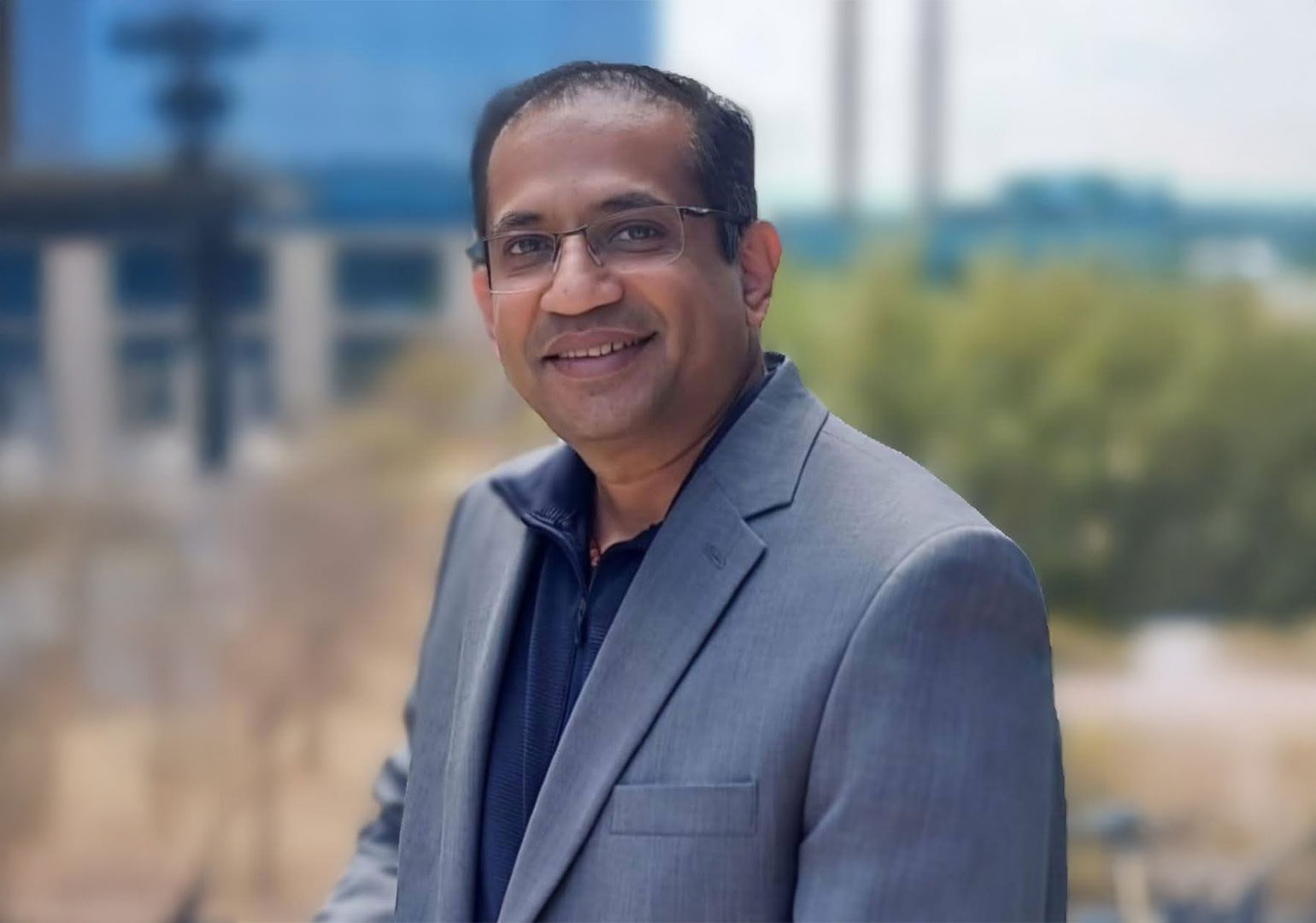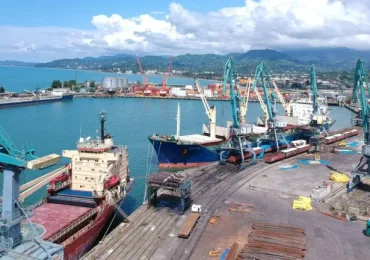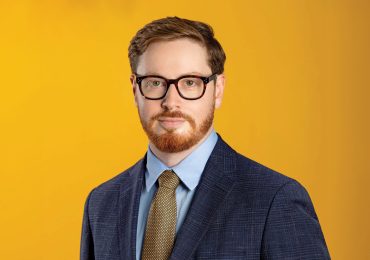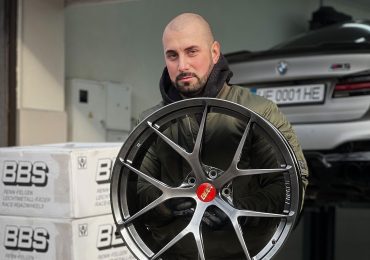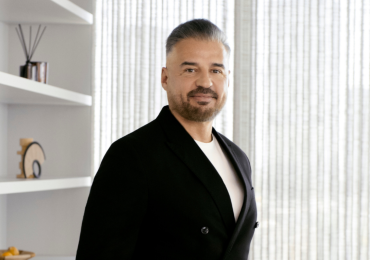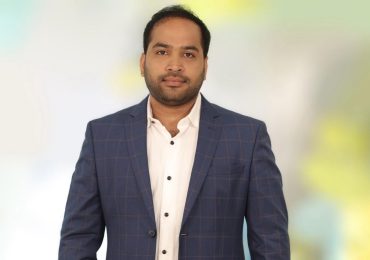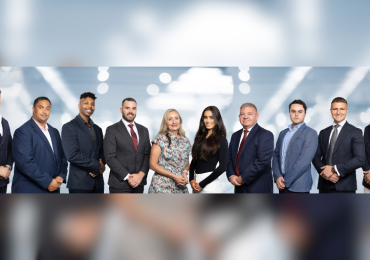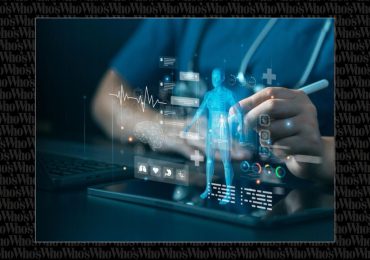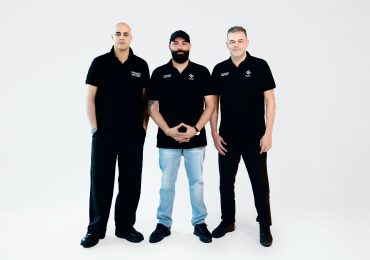Photo Courtesy of Ankush Keskar
As Director for IoT, Engineering, Manufacturing, and Logistics at Cognizant, Ankush Keskar has spent 23 years building bridges between cutting-edge technology with real-world factory operations and engineering applications, helping American manufacturers and product companies harness the power of IoT, AI/ML, and digital twins to compete in an increasingly complex global marketplace.
From Bangalore to Global Solutions
Keskar’s journey began in 2002 at Federal Technologies in Bangalore, where he started as a field applications engineer. What makes his story compelling is not just the geographic arc from India to Japan to the United States, but also how each experience taught him something different about engineering and manufacturing cultures and technological adoption across diverse markets.
During his four and a half years in Japan, Keskar contributed to the world’s first Blu-ray chipset and advanced automotive infotainment systems. This experience deepened his understanding of precision engineering and manufacturing, and sparked his passion for mobility solutions. His work has since been central to building safer and smarter automotive technologies, including Advanced Driver Assistance Systems (ADAS), sensor fusion, over-the-air software updates, and critical battery management systems for electric vehicles.
While living and working in Japan and the United States, Keskar has created technology solutions for customers not only in Japan and the United States, but also globally- UK, Taiwan, South Korea, and Sweden. Each market taught him how regulatory environments, cultural approaches to technology implementation, and varying levels of industrial sophistication affect adoption strategies.
The IoT Revolution in Manufacturing
Perhaps nowhere is this practical approach more evident than in Keskar’s work with Internet of Things (IoT) applications in the automotive engineering and manufacturing segments. His comprehensive understanding of IoT sensor integration, data analytics, machine learning, and system optimization has enabled companies to create what he describes as a Connected Lifecycle and Ecosystem, i.e., “Connected Product, Connected Process, and Connected Manufacturing”.
The numbers tell a compelling story. Keskar’s IoT-enabled predictive maintenance algorithms have reduced equipment downtime by approximately 20 percent for manufacturers across multiple factories. AI-guided quality control systems, fed by streams of IoT sensor data, have cut raw material waste by close to 10 percent. Production optimization through improved scheduling and real-time monitoring has delivered up to 30 percent increases in output, while maintenance turnaround times have improved by roughly 15 percent.
For mid-sized manufacturing plants, these improvements translate to annual savings of approximately $250,000. But scale those numbers across multi-site enterprises, and the aggregate savings reach $100 million to $400 million, figures that represent genuine competitive advantages in global markets.
Digital Twins: Where IoT Meets Intelligence
Keskar’s most significant contribution lies in his work with Digital Twin technologies, virtual representations of physical assets that enable real-time monitoring and predictive analytics. His 2025 research paper “Advancing Industrial IoT and Industry 4.0 through Digital Twin Technologies” provides a comprehensive framework that manufacturing companies are already implementing.
“Think of Digital Twins as giving every machine in your factory a voice,” Keskar says. “Instead of waiting for something to break, the machine can tell you weeks in advance that it needs attention, based on data from hundreds of IoT sensors monitoring everything, such as, vibration patterns, pressure, torque, temperature fluctuations, run-time, cycle count, energy consumption etc.”
This is not science fiction. Keskar’s research demonstrates how Digital Twins, powered by continuous streams of IoT data, can predict system performance across all operational phases, design, prototyping, production, and maintenance. The technology enables manufacturers to anticipate issues, optimize parameters, and minimize costly downtime before problems occur.
His early work developing simulation tools for power electronics and motor control sparked this interest in integration and virtualization. Back then, limited computing power restricted data acquisition and analysis. Today, thanks to IoT sensors, AI/ML algorithms, and private 5G networks, those early simulations have evolved into comprehensive Digital Twin environments that process real-time data from thousands of connected devices.
Automotive Engineering Meets Manufacturing Excellence
Keskar’s automotive engineering background provides an unique insight into manufacturing R&D precision engineering and safety standards. His patented innovation (patent 6419908), “Data Processing Device for Managing AI-Driven Services in Connected Vehicles,” introduces an AI-powered edge device that performs real-time sensor fusion and decision-making within vehicles, reducing latency, enhancing cybersecurity, and boosting performance for ADAS and critical safety functions.
This automotive expertise has enabled OEMs in North America to accelerate the development and validation of Software-Defined-Vehicles by building vehicle functions that are controlled or enhanced by software, and implementing validation strategies through the Hardware-in-the-Loop (HIL) systems that validate real-time interactions between vehicle software and hardware. His work in advancing Model-in-the-Loop (MIL) and Software-in-the-Loop (SIL) methodologies has enabled early, simulation-based testing well before hardware is available, resulting in a 30 percent reduction in development time and the identification of thousands of previously overlooked error scenarios.
The Convergence Philosophy
What sets Keskar apart is his “convergence philosophy”, the strategic integration of multiple advanced technologies to create effects that exceed the sum of individual components. This approach combines IoT sensor fusion, AI-powered analytics, Machine Learning models, private 5G networks, and Geographic Information Systems to turn isolated data streams into actionable insights.
His bottom-up approach to evaluating, developing solutions, and integrating physical assets within the ISA-95 manufacturing framework is enabling U.S. manufacturers to boost flexibility, enhance operational efficiency, and strengthen workforce adaptability. This systematic methodology has the potential to increase production by up to 30 percent, reduce equipment downtime by approximately 20 percent, lower material waste by around 10 percent, and improve maintenance turnaround times by 15 percent.
When extended across multiple plants and global operations, factoring in compounded efficiencies from supply chain optimization, standardization, and process improvements, the enterprise-wide impact could potentially reach $100 million to $400 million or more, while enabling higher product quality, greater cost efficiency, and sustained competitive advantage.
Recognition Through Results
Professional recognition of Keskar’s contributions comes through various channels, including acceptance of his technical papers in leading international journals and his patented automotive technology. His thought leadership has been featured in publications such as the World Journal of Advanced Engineering Science and Technology, the International Journal of Research and Analytical Reviews, and the IRE Journal.
Other than academic recognition, Keskar has been invited to judge the work of others in prestigious competitions including Stevie Awards, Globee Awards, Georgia Governor’s Honors Program for high school STEM students, and Technovation global competitions. He was recently invited as a judge at university student hackathons for institutions in both India and the United States, demonstrating his continued engagement with emerging talent in technology and engineering.
Keskar’s IoT-enabled energy usage analysis and material consumption optimization enable businesses to achieve sustainability targets while maintaining competitiveness. Digital Twin technologies can simulate the environmental impact of different operational scenarios, allowing manufacturers to optimize for multiple objectives simultaneously.
The Global Perspective
Keskar’s international experience provides unique insights into global manufacturing trends and regional variations in technology adoption. His work across North America, Europe, and Asia has exposed him to diverse regulatory environments, cultural approaches to technology implementation, and varying levels of industrial sophistication.
This global perspective proves particularly valuable as supply chains span multiple continents and manufacturing strategies must account for regional differences in capabilities, costs, and market demands. Modern Industry 4.0 implementations often require coordination across global teams, integration of technologies from multiple vendors, and adaptation to local regulatory requirements.


